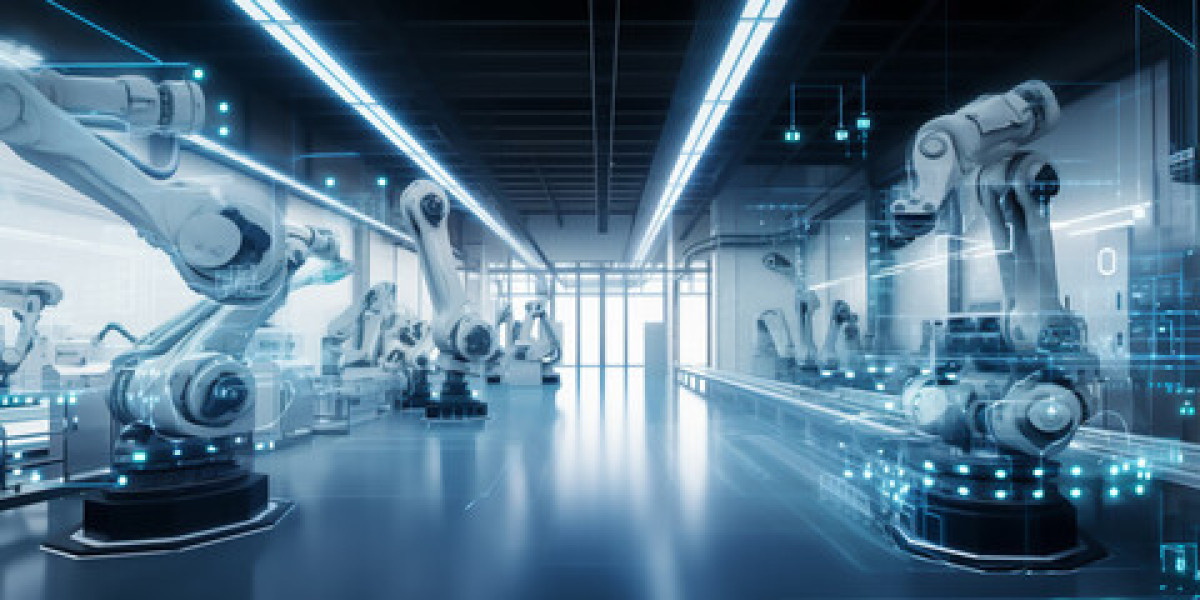Automation Evolution: Navigating the World of Automated Manufacturing
Introduction
Welcome to the age of automation evolution – Automated manufacturing has undergone a remarkable transformation, reshaping industries and revolutionizing production processes. In this article, we embark on a journey to navigate the dynamic world of automated manufacturing and explore its evolution, applications, benefits, and challenges.
Outline
- Understanding Automated Manufacturing
- Evolution of Automation
- Applications Across Industries
- Benefits and Challenges
- Conclusion
- FAQs
Background
Understanding Automated Manufacturing: Automated manufacturing refers to the use of advanced technologies and systems to automate and optimize production processes, enhancing efficiency, quality, and productivity. From robotic assembly lines to AI-driven analytics, automated manufacturing has become synonymous with innovation and progress in modern industries.
Evolution of Automation
Explore the evolution of automation in manufacturing:
- Industrial Revolution: The advent of steam power and mechanization marked the beginning of automation in manufacturing during the Industrial Revolution, with innovations such as the spinning jenny and steam engine revolutionizing textile production.
- Mass Production: The introduction of assembly line production by Henry Ford in the early 20th century paved the way for mass production and further automation, enabling higher output, lower costs, and standardized products.
- Computerization: The digital revolution of the late 20th century brought computerization to manufacturing, with the integration of programmable logic controllers (PLCs) and computer numerical control (CNC) machines enabling greater precision, flexibility, and control.
- Industry 4.0: The current era of automation evolution, often referred to as Industry 4.0, is characterized by the convergence of digital technologies such as robotics, AI, IoT, and cloud computing, leading to interconnected, intelligent, and autonomous manufacturing systems.
Applications Across Industries
Discover the diverse applications of automated manufacturing across industries:
- Automotive: Automated manufacturing optimizes automotive production with robotic assembly lines, AI-driven quality control, and additive manufacturing of custom components, enhancing efficiency and innovation.
- Electronics: In the electronics industry, automated manufacturing ensures precise assembly of circuit boards, surface mount technology (SMT) soldering, and automated testing, ensuring high-quality and reliable products.
- Consumer Goods: Automated manufacturing streamlines the production of consumer goods such as appliances, furniture, and packaging, ensuring consistency and quality while reducing production costs.
- Pharmaceuticals: In the pharmaceutical industry, automated manufacturing enables the production of drugs and medical devices with high precision and compliance with regulatory standards, improving patient outcomes and safety.
Benefits and Challenges
Explore the benefits and challenges of automated manufacturing:
- Benefits: Automated manufacturing offers benefits such as increased productivity, improved quality, cost savings, and flexibility, enabling manufacturers to optimize operations and remain competitive in dynamic markets.
- Challenges: Challenges associated with automated manufacturing include initial investment requirements, integration complexity, workforce transition, and cybersecurity risks, necessitating careful planning, implementation, and management strategies.
Conclusion
In conclusion, automation evolution has transformed the landscape of manufacturing, driving efficiency, innovation, and competitiveness across industries. By embracing technological advancements and addressing challenges, manufacturers can navigate the world of automated manufacturing and unlock new opportunities for growth and success.
FAQs
Q: What is automated manufacturing? A: Automated manufacturing refers to the use of advanced technologies and systems to automate and optimize production processes, enhancing efficiency, quality, and productivity in industries such as automotive, electronics, consumer goods, and pharmaceuticals.
Q: What are the benefits of automated manufacturing? A: The benefits of automated manufacturing include increased productivity, improved quality, cost savings, and flexibility, enabling manufacturers to optimize operations, reduce lead times, and meet customer demands effectively.
Q: What challenges are associated with automated manufacturing? A: Challenges associated with automated manufacturing include initial investment requirements, integration complexity, workforce transition, and cybersecurity risks, necessitating careful planning, implementation, and management strategies to ensure success.








